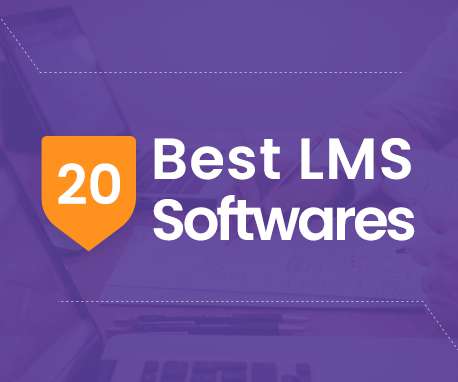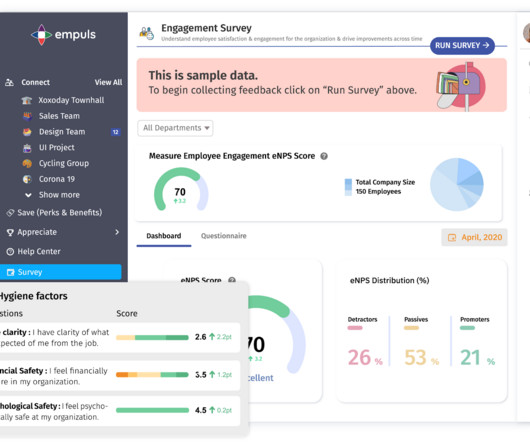20 Best Learning Management Systems of 2020
Vantage Circle
SEPTEMBER 8, 2020
An LMS (Learning Management System), is a medium to train or upskill employees by delivering educational courses, training programs , or learning and development programs. It gives the administrator or the manager access to track, monitor, and assign the materials to the team members. Upside LMS.

















Let's personalize your content